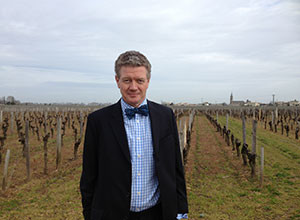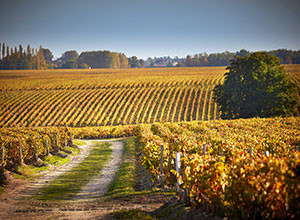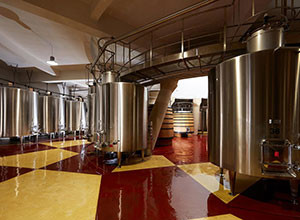The Ritz-Carlton Shanghai, Pudong

A legend because…
Although this splendid second growth is now acknowledged as one of the top wines of the Médoc, this was not always the case. Until the 1980s Pichon Baron was in poor shape and its wines were inconsistent. The 19th-century château lay empty, and its owners, the Bouteiller family, lacked the resources to invest in the estate, including the vineyards, which had dwindled to around 30ha. In 1987, the Bouteillers sold to AXA Millésimes, whose estates were run by Jean-Michel Cazes, owner of Château Lynch-Bages. Suddenly there was immense investment: machine-harvesting and the use of herbicides and pesticides were halted, the château was renovated, a circular underground winery was constructed and new purchases brought the vineyards to 72ha. Quality improved swiftly, and the great Bordeaux vintage of 2005 was a huge success.

By 2005, Cazes had retired and his place as managing director of AXA Millésimes was taken by Christian Seely. Production was supervised by Pichon’s long-term winemaker Jean-René Matignon. From the outset Seely decided to limit the grand vin to the château’s finest terroir and vines, even though this led to a reduction in volume. This decision came to fruition in this vintage.
An early and speedy flowering, problem-free. The summer was very sunny and dry, but temperatures were not excessive, so there was no raisining. At Pichon, two phases of bunch-thinning increased the natural concentration of the fruit to a very high level. Light rain in September brought the grapes to perfect ripeness. Merlot was picked from 19-29 September, followed by Cabernet Sauvignon from 3-11 October. Thick skins ensured that tannins and sugars were high. Acidity was high too, suggesting the wines would be long-lived.

The historic vineyards that form the heart of the blend lie on 45ha across the road from Château Latour, and this sector is planted mostly with Cabernet Sauvignon. More vines are planted between St-Julien and the château on an undulating plateau. Merlot is planted on soils with a higher clay content.

In 2004, the château acquired a vibrating sorting table, though admittedly little sorting was required in such a perfectly healthy year. The grapes were fermented in steel tanks for more than three weeks, using selected yeasts. Malolactic fermentation took place in barrels and tanks, then the wine was aged for 18 months in 80% new oak. The blend was assembled in February after the vintage, and before bottling the wine was egg white-fined.
In 2015, Robert Parker wrote: ‘Sweet crème de cassis fruit, lots of cedar wood and forest floor, medium to full body, ripe tannin, and a long finish… This is a beauty and one of the most successful Pauillacs of this vintage.’
In 2017, Stephen Brook was bowled over – at a Decanter masterclass of Pichon Baron wines: ‘Very rich and velvety, highly concentrated and broad-shouldered, showing lavish tannins and a chocolatey tone. The acidity seems moderate, so this is now beginning to open up. Imposing and monumental, textured and long.’